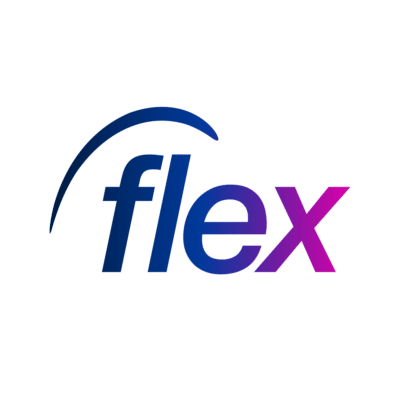
Managing contingent labor is a complex yet essential part of modern workforce strategy. From sourcing candidates to compliance and payment, traditional approaches often waste time and resources. With contingent labor now representing over 40% of the global workforce, organizations need smarter solutions. A Vendor Management System (VMS) offers a way to streamline contingent workforce management, boosting efficiency, compliance, and strategic oversight.
Why contingent labor management matters
Contingent labor—temporary, contract, or gig workers—provides flexibility to scale operations quickly. However, without proper management, it can lead to inefficiencies, increased costs, inconsistent quality, and compliance risks.
- Complex compliance: Navigating varying labor laws and regulations is resource-intensive.
- Manual inefficiencies: Recruitment, onboarding, and payment processes (including manual timesheets) divert time from strategic goals.
- Poor quality control: Using a large number of disconnected suppliers, who all have different quality control measures in place, results in varying levels of performance.
- Lack of visibility: Disparate systems make tracking costs and performance difficult.
A report by SIA revealed that 85% of organisations struggle with visibility into their contingent workforce, underscoring the need for centralized solutions like a VMS.
The role of a VMS
A VMS centralizes and automates the management of contingent labor, covering:
- Sourcing and onboarding: Automates job postings and candidate evaluation for faster hiring.
- Compliance management: Tracks regulatory changes and ensures adherence to laws, reducing risk.
- Performance analytics: Provides insights to optimize workforce productivity and cost-efficiency.
Organizations using VMS platforms report a 25–30% reduction in contingent workforce costs, according to SIA.
Essential VMS features for contingent workforce management
A robust VMS provides tailored solutions for managing contingent workers effectively. Key features include:
- Automated job requisitions: Streamlines requests and approval workflows.
- Integrated talent pools: Ensures access to a steady pipeline of skilled candidates.
- Real-time analytics: Delivers insights into performance and cost metrics.
- Compliance Tools: Keeps processes aligned with changing laws and standards.
- Time and attendance tracking: Ensures accurate billing and payroll.
Emerging trends in contingent workforce management
The field is moving fast, driven by technology and workforce dynamics. Key trends include:
- AI-driven recruitment: AI tools enhance candidate-job alignment, reducing time-to-hire.
- Integrated platforms: VMS platforms are increasingly linking with ATS and HR systems for seamless workflows.
- Total workforce strategies: Companies are combining contingent and permanent workforce management for unified oversight.
SIA forecasts that by 2026, 60% of companies will adopt Total Workforce Management (TWM), with VMS solutions playing a pivotal role.
Best practices for implementing a VMS
To ensure successful adoption, follow these steps:
- Define objectives: Identify desired outcomes, such as cost savings or improved compliance.
- Engage stakeholders: Involve HR, procurement, and finance teams early in the process.
- Invest in training: Ensure all users understand how to maximize the system’s capabilities.
- Monitor performance: Continuously review and adjust the system to meet evolving needs.
Why choose a VMS for your workforce?
A VMS simplifies contingent workforce management, allowing businesses to reduce costs, ensure compliance, and gain strategic agility. By adopting a VMS, organizations can transform workforce management into a proactive and scalable process.
A strong VMS, carefully tailored to your business’s specific needs is not merely a luxury, but a necessary tool when managing a dynamic workforce with many moving parts.
Take a look at our very own VMS today and see how we could give you greater visibility and cost savings, right across the board.
Book a demo
Discover a staffing solution tailored to suit your business requirements








